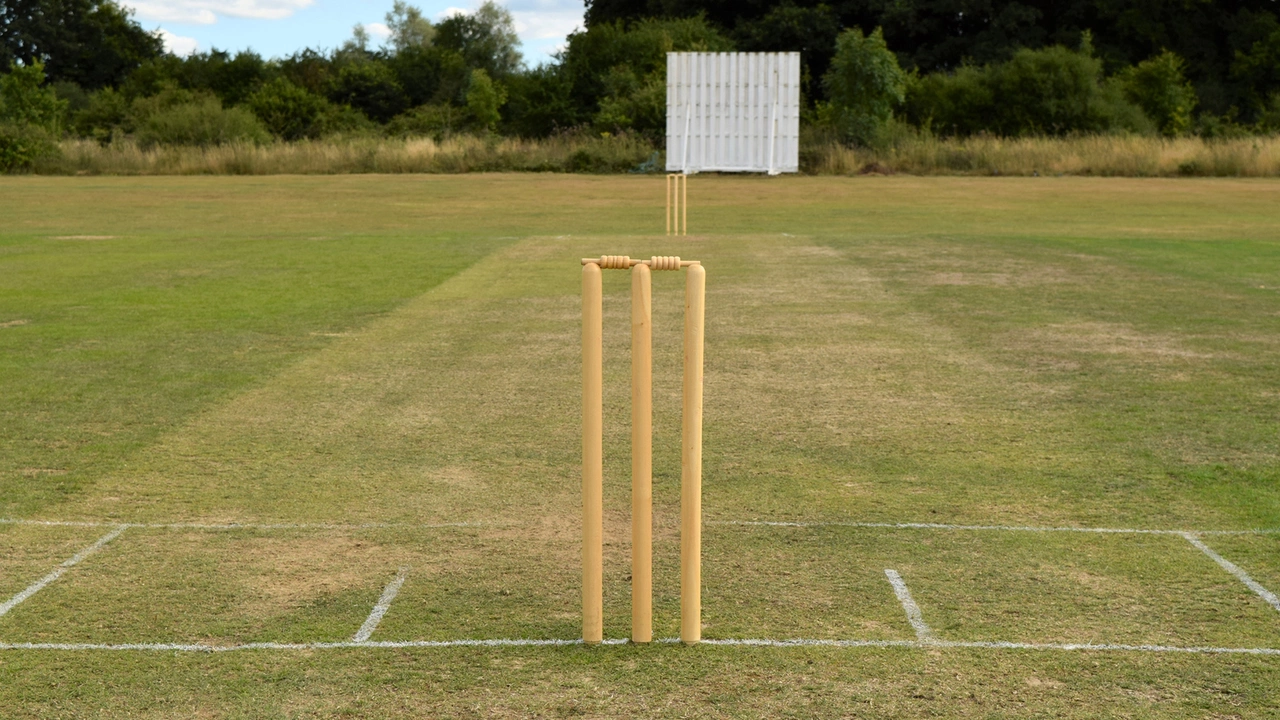Measurement – The Backbone of Sports, Media and Technology
When working with Measurement, the practice of quantifying physical, digital, or statistical attributes to compare, track, or improve outcomes. Also known as metric tracking, it helps businesses, broadcasters, and sports teams make data‑driven decisions, you instantly see why it matters everywhere. From a cricket umpire checking a run‑out to a streaming service counting how many eyes are on a match, the act of measuring turns raw numbers into actionable insight.
Why measurement matters across industries
Take audience measurement, the process of tracking who watches what, when and on which platform. Broadcasters like Sky or Virgin Media rely on it to price packages, while newcomers like the Humax Freely box use it to prove they can offer free channels without losing ad revenue. In cricket, audience measurement decides which games get prime‑time slots and which players become household names. Without reliable numbers, a league can’t attract sponsors, and fans miss out on the biggest moments.
Then there’s performance metrics, quantitative indicators that assess how well a player, team, or system is doing. A bowler’s economy rate, a batter’s strike‑rate, or a smartphone’s battery health are all performance metrics. They feed into coaching decisions, fantasy league picks, and even app store rankings. When a cricket app claims to stream live games smoothly, its performance metrics—latency, buffering time, crash rate—are the proof points that keep users happy.
Behind both audience measurement and performance metrics sits data analytics, the suite of tools and methods used to turn raw data into trends and predictions. Whether you’re building a live‑score website or analyzing transfer windows like Roma’s 2018 saga, analytics help spot patterns that humans might miss. They answer questions like: Which matches generate the most engagement? How does a change in broadcast quality affect viewership? What impact does a player’s injury have on a team’s win probability?
Every sport also has its own scoring system, the set of rules that translate actions on the field into points or outcomes. Cricket’s runs, wickets, and overs are a classic example. Understanding the scoring system is the first step before you can measure anything meaningful—be it a player’s contribution or a match’s excitement level. When you combine a clear scoring system with robust measurement, you get a feedback loop that drives better tactics, stronger fan experiences, and smarter business choices.
All these entities connect in a simple chain: measurement encompasses audience measurement, demands performance metrics, relies on data analytics, and is grounded by a solid scoring system. That chain is why the posts you’ll see below feel like a mixed bag—some talk about TV boxes, others about cricket apps, and a few about housing plans or phone batteries. Each piece, however, illustrates how measuring the right thing can change the game, whether it’s winning a match, streaming a live feed, or simply swapping a phone battery without a hitch.
Ready to see how these ideas play out in real stories? Below you’ll find articles that dive into free‑to‑air TV challenges, cricket‑focused streaming apps, performance insights from top leagues, and even practical how‑tos that hinge on accurate measurement. Let’s explore the data‑driven side of the world you love.



